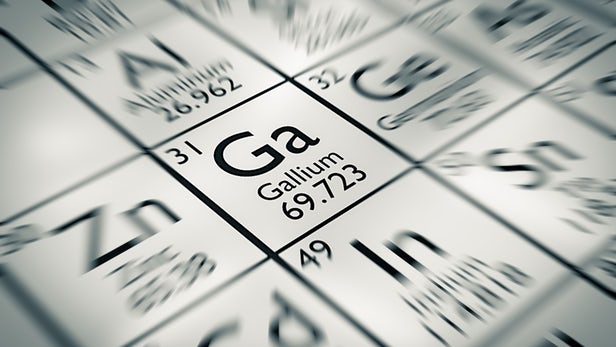
Breaking News
 Trump pardons Mets legend, 'Celebrity Apprentice' alum Darryl Strawberry over tax evasion co
Trump pardons Mets legend, 'Celebrity Apprentice' alum Darryl Strawberry over tax evasion co
 You WON'T BELIEVE How Much Money We're REALLY Sending To Israel!
You WON'T BELIEVE How Much Money We're REALLY Sending To Israel!
 China CANCELS U.S. Soybean Order?! Joel Salatin
China CANCELS U.S. Soybean Order?! Joel Salatin
 Ep 38 Jonathan Haidt: on The Anxious Generation: Childhood in Social Media Age & Fragile College ...
Ep 38 Jonathan Haidt: on The Anxious Generation: Childhood in Social Media Age & Fragile College ...
Top Tech News
 HUGE 32kWh LiFePO4 DIY Battery w/ 628Ah Cells! 90 Minute Build
HUGE 32kWh LiFePO4 DIY Battery w/ 628Ah Cells! 90 Minute Build
 What Has Bitcoin Become 17 Years After Satoshi Nakamoto Published The Whitepaper?
What Has Bitcoin Become 17 Years After Satoshi Nakamoto Published The Whitepaper?
 Japan just injected artificial blood into a human. No blood type needed. No refrigeration.
Japan just injected artificial blood into a human. No blood type needed. No refrigeration.
 The 6 Best LLM Tools To Run Models Locally
The 6 Best LLM Tools To Run Models Locally
 Testing My First Sodium-Ion Solar Battery
Testing My First Sodium-Ion Solar Battery
 A man once paralyzed from the waist down now stands on his own, not with machines or wires,...
A man once paralyzed from the waist down now stands on his own, not with machines or wires,...
 Review: Thumb-sized thermal camera turns your phone into a smart tool
Review: Thumb-sized thermal camera turns your phone into a smart tool
 Army To Bring Nuclear Microreactors To Its Bases By 2028
Army To Bring Nuclear Microreactors To Its Bases By 2028
 Nissan Says It's On Track For Solid-State Batteries That Double EV Range By 2028
Nissan Says It's On Track For Solid-State Batteries That Double EV Range By 2028
Meet gallenene: Gallium joins graphene in the second dimension

Researchers at Rice University and the Indian Institute of Science have now isolated a 2D form of the soft metal gallium, dubbed "gallenene," which could make for efficient, thin metal contacts in electronic devices.
Reducing a regular 3D material into two dimensions can fundamentally change its electric, magnetic, physical or chemical properties. Putting aside the attention-grabbing graphene, in recent years scientists have created 2D versions of materials like black phosphorus, molybdenum disulfide, and chromium triiordide, which is so far the only material capable of retaining magnetism in two dimensions.
In its familiar 3D state, gallium has a low melting point of just below 30° C (86° F). That makes it a great candidate for applications that need liquid metals at roughly room temperature, and we've seen gold-gallium and indium-gallium alloys put to work in "metal glue," flexible electronic circuits, fluidic transistors and cancer-hunting "Nano-Terminators."

 Carbon based computers that run on iron
Carbon based computers that run on iron

